
An aerial view of the man made craters next to the C Space in Gobi desert, some 40 km from Jinchang in China's northwest Gansu province. The craters are right next to the first Mars simulation base in China.

2000BCE petroglyphs in Horseshoe Canyon, Utah depicting as what it seems to be people in the space suits.

College student on the model airplane airfield in Los Angeles during the Space medicine workshop with Dr. Susan Ip-Jewell.

College students on the model airplane airfield in Los Angeles during the Space medicine workshop with Dr. Susan Ip-Jewell.

Dr. Aleksander Wasniowski preparing for the simulation at Lunares, Polish analogue Moon and Mars base in Pila. Dr. Wasniowski was in control of the first analogue mission with the disabled person joining the crew.

Portrait of the visitor of the Lunares, Polish analogue Moon and Mars base in Pila.
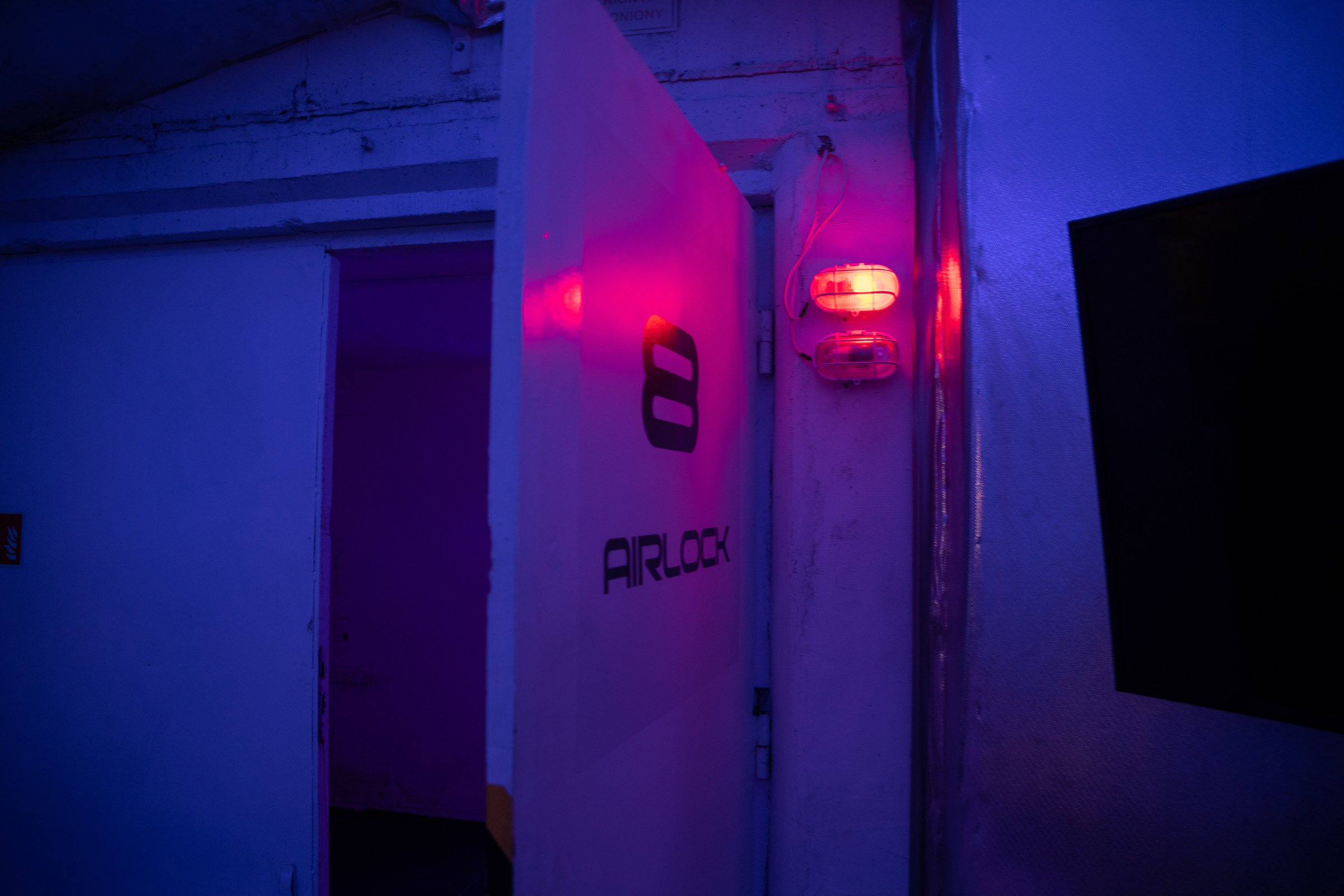
Through this hatch at the Polish Mars analogue simulation base, astronauts leave a Mars base and enter the vacuum of Space to perform extravehicular activities.
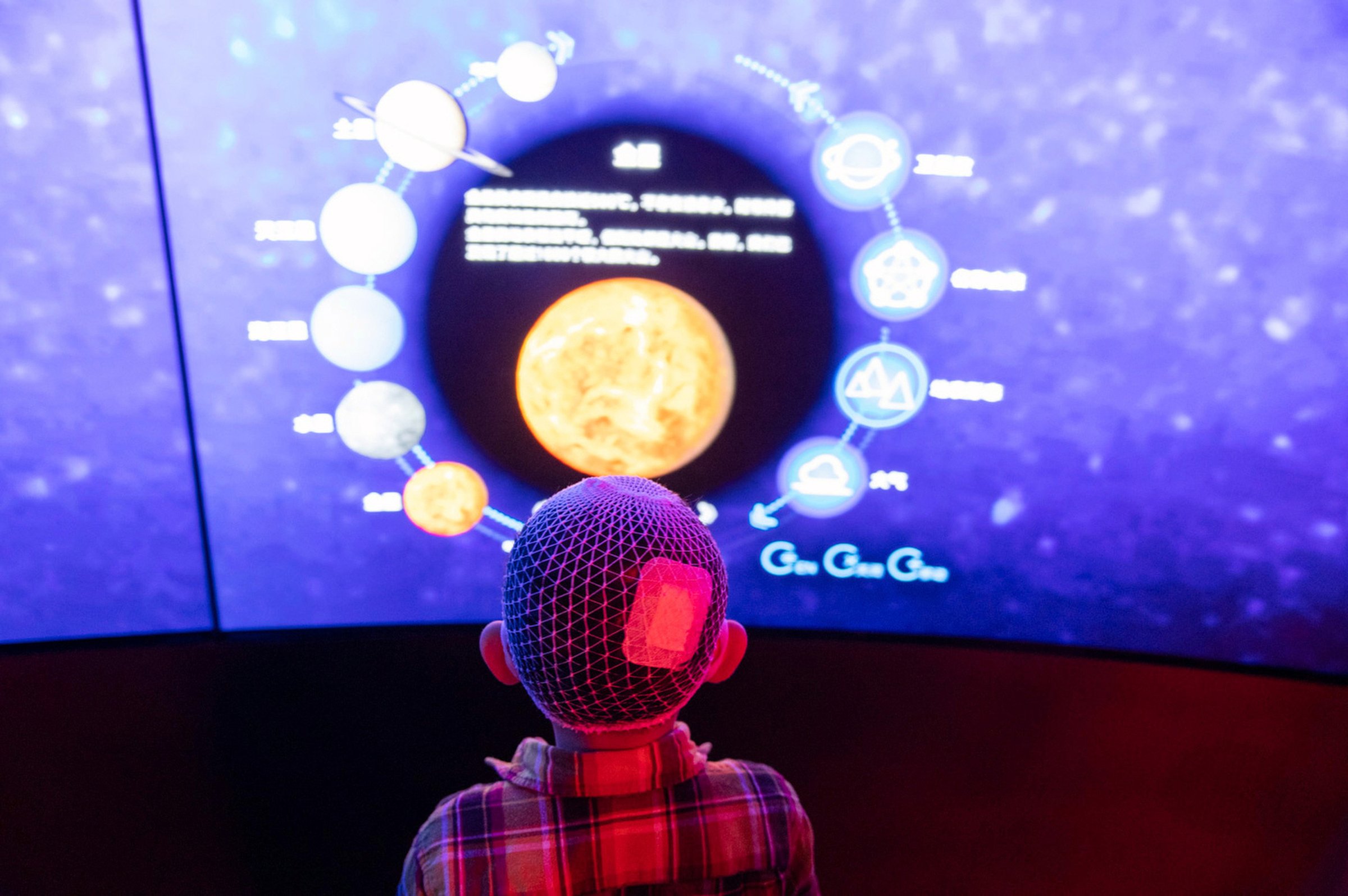
Visitor at the Shanghai Astronomy Museum, the world's largest planetarium. In the last decade China is investing into many space related projects and facilities to popularize space exploration and inspire the younger generations.

Dr. Susan Ip-Jewell is the founder of the Mars Academy in Los Angeles. She specializes in space medicine, focusing on the usage of VR goggles which would help doctors performing complex medical procedures with the help of augmented reality.

A robot Vita displayed at in the public institute Center of Space Technologies -Noordung. Vitanje are the birth place of Slovenian pioneer of space science and a visionary of the yet-unrealized idea of an International Geostationary Space Station, Herman Potočnik. Humanised robors such as Vita will play an important roll in the space exploration helping humans with dangerous EVA tasks.

The vacuum chamber at the AEL facility in Tokyo, Japan. AEL is the company that has produced the first satellite that can make an artificial shooting stars.

The food growing facility is the Mars simulation base. C-Space is located in the Gobi Desert, some 40 km from Jinchang in China's northwest Gansu province. Finding the way to grow fresh food in space would vastly reduce the rocket payload and open the opportunities for longer space flight duration or colonizing Mars.

Black chicken had a big nutritional value hence it would be a very suitable meat for Mars colonisers.
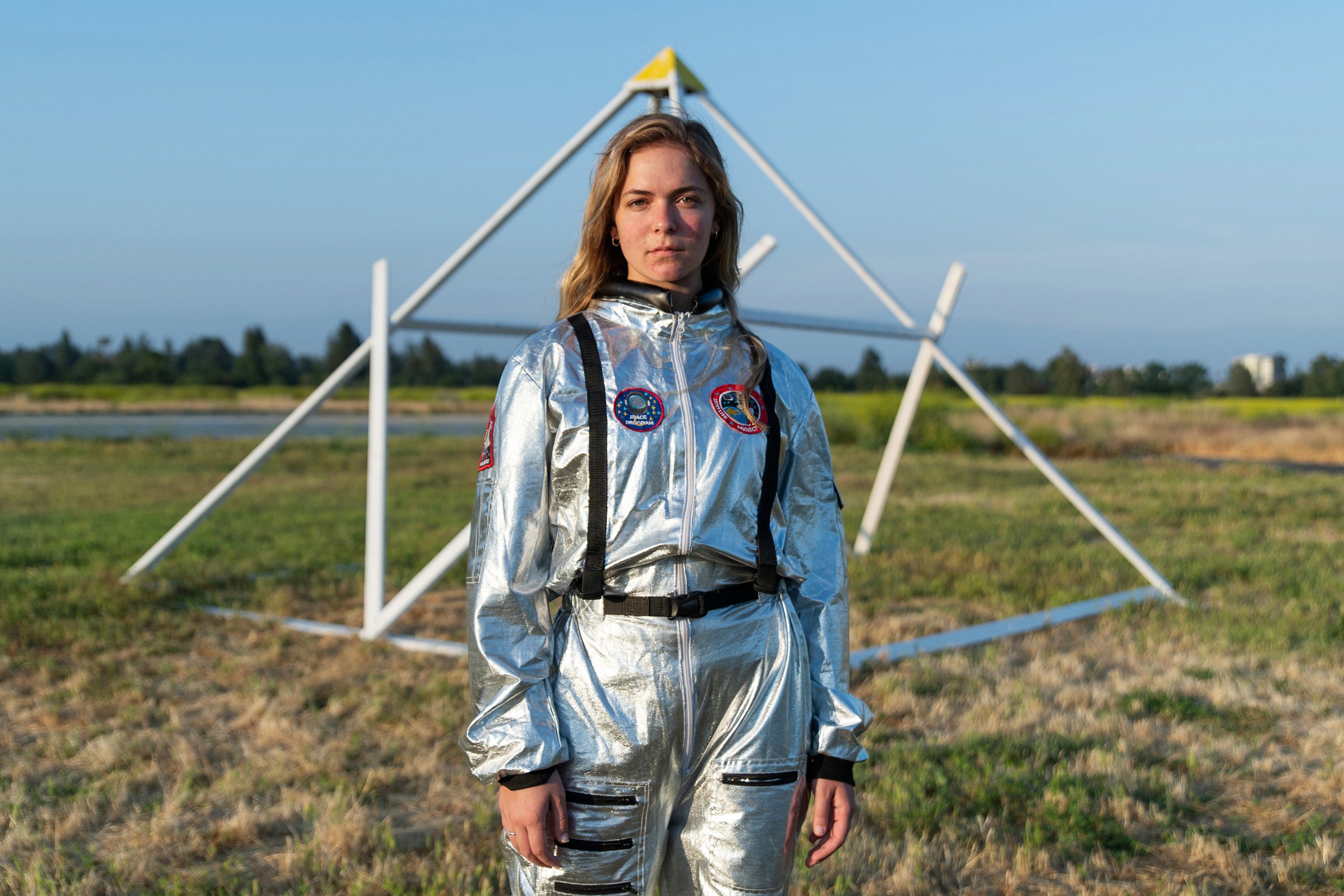
College students simulating an accident emergency drill in Los Angeles during the Space medicine workshop with Dr. Susan Ip-Jewell. Some of the workshops by dr. Susan Ip-Jewell are held in the Himalayas to perform the tasks in the high altitude conditions.
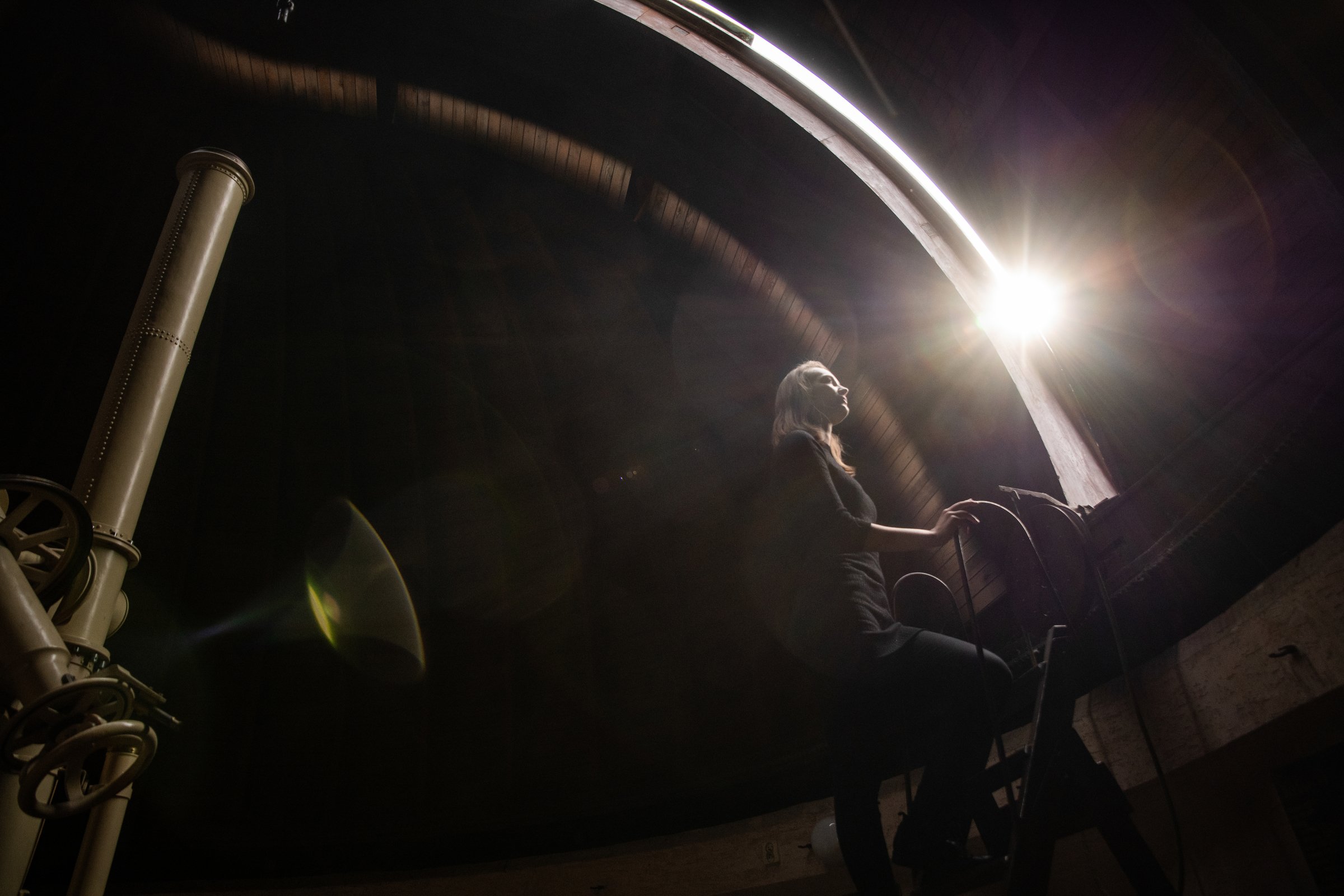
Katarzyna Kowalska astronomy student at the Astronomical institute in Wrotclaw Poland.
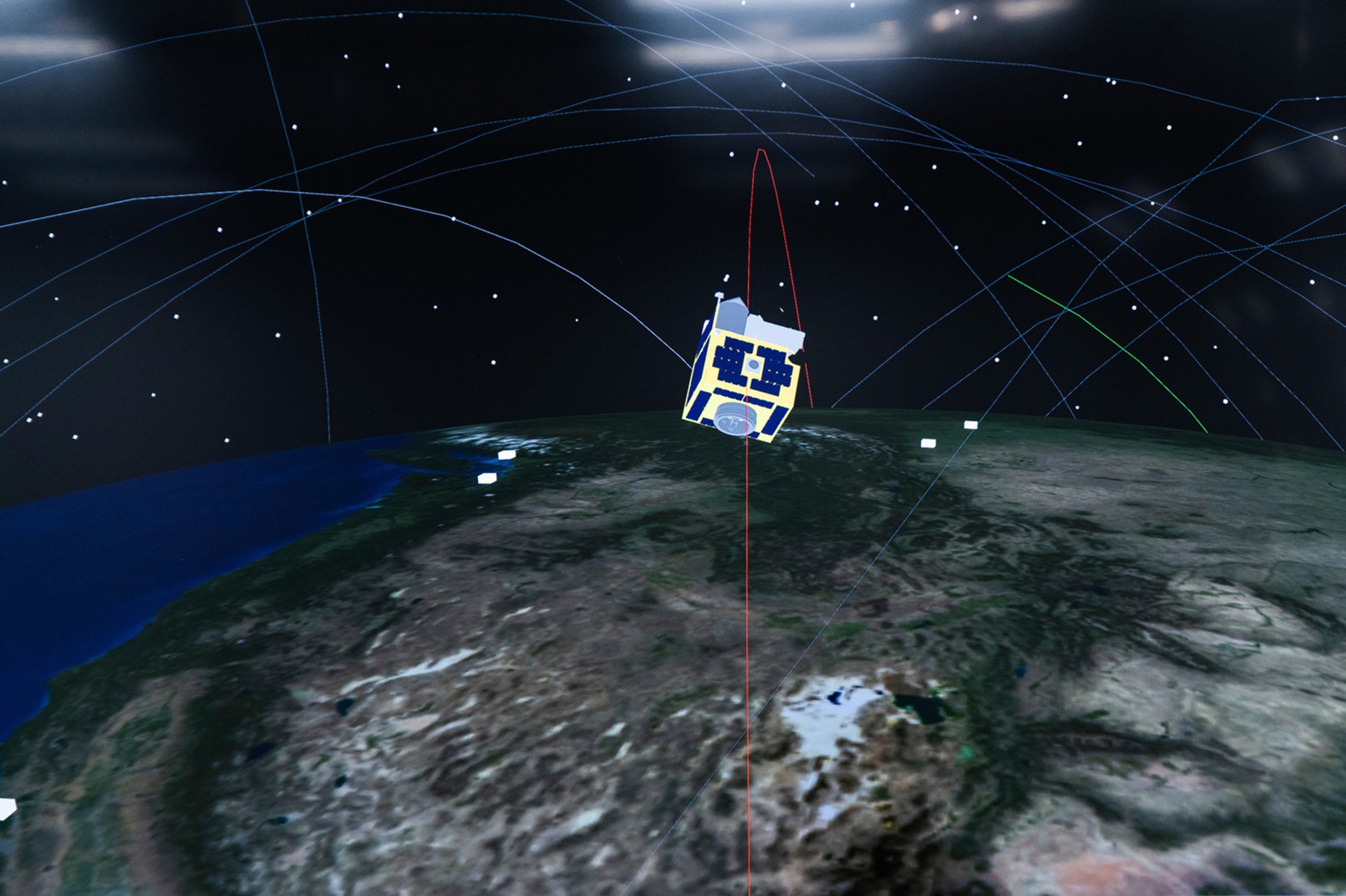
Screen showing the position of the satellite at the AEL facility in Tokyo, Japan. AEL is the company that has produced the first satellite that can make an artificial shooting stars.

A photo of a buy visiting a Mars Society day in the old observatory in Beijing.
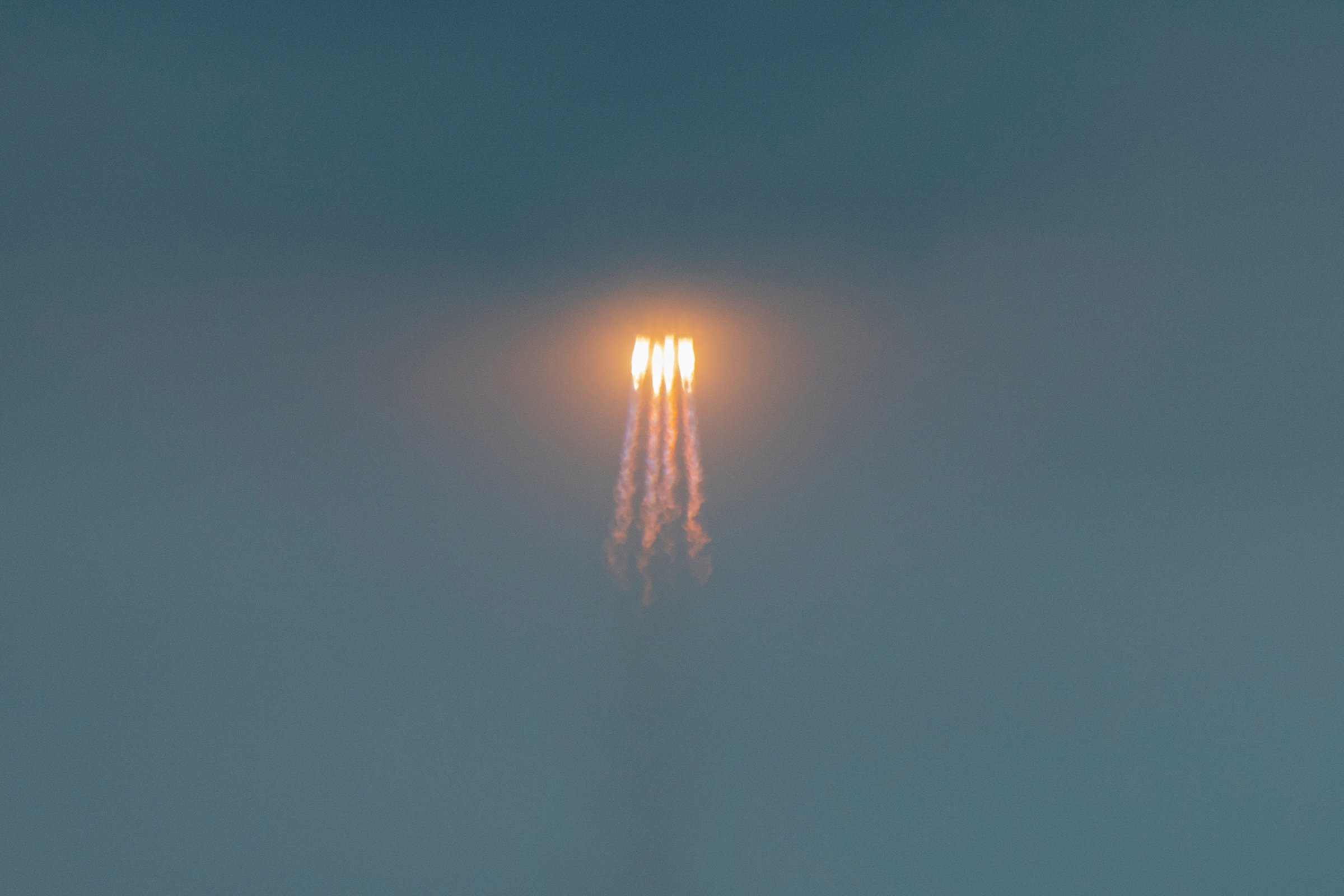
Chinese Long March 5B rocked disappearing into clouds after a successful launch. Rocket was carrying the first part of the Chinese space station. China is only the 3rd country that has established a permanent space station after the Russian Mir and International Space station. The space station called Tiangong can host a crew of 3 astronauts.
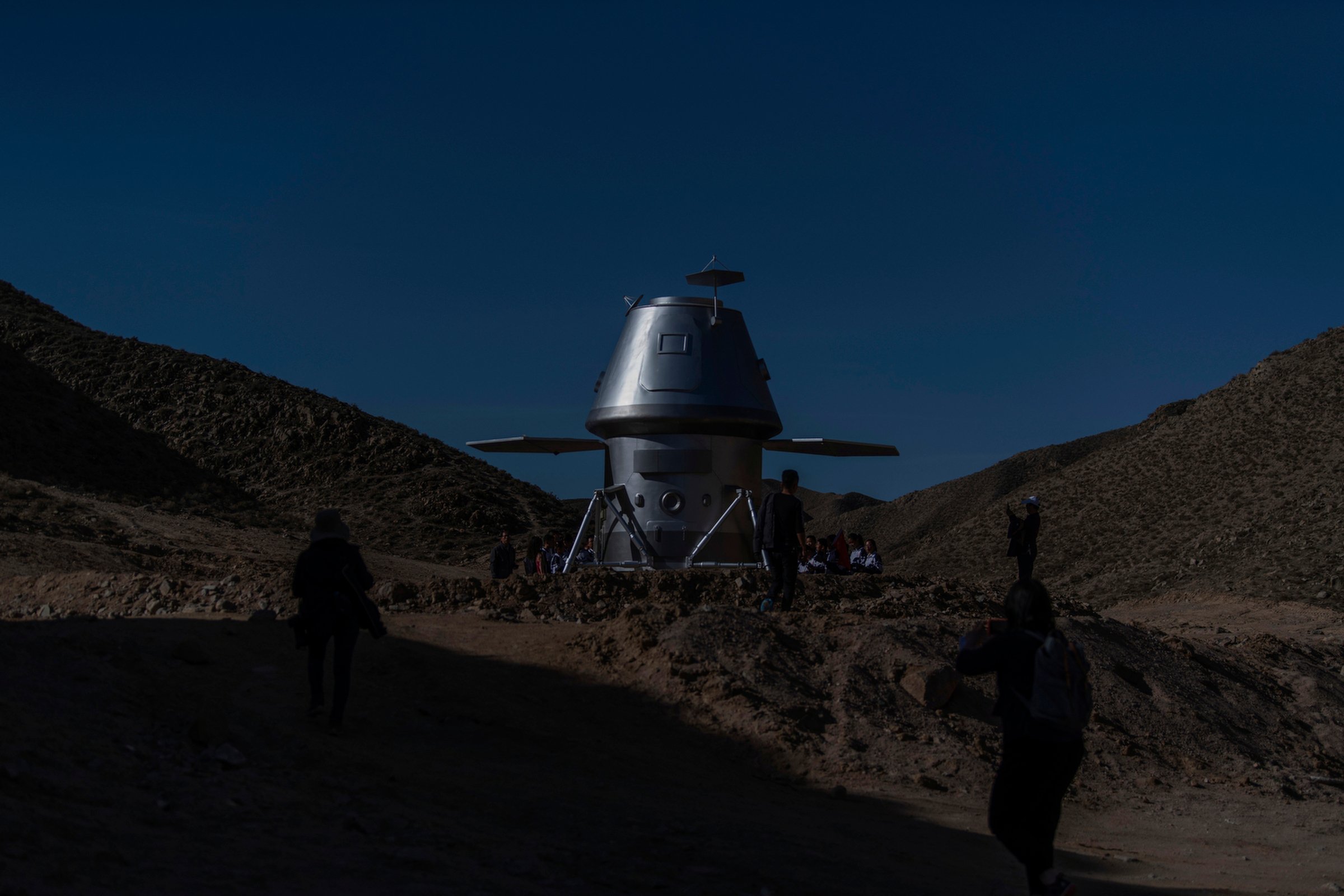
A replica of a lander near the Mars simulation base. C-Space as called in located in the Gobi Desert, some 40 km from Jinchang in China's northwest Gansu province.

Westley Brooks from Global Effects inc posing in a space suit created by their company for a TV shoot. Global Effects have created space suits that are even used by Nasa for their PR photoshoots of the astronauts and for a movie such as Ad Astra with Brad Pitt.

Mars flag made by a Slovenian designer Miha Artnak planted in the cave system simulating the Mars lava tubes. The underground tunnels left behind the running lava could be one of the most suitable living habitats on Mars since they would provide a good protection against the radiation and the sand storms.
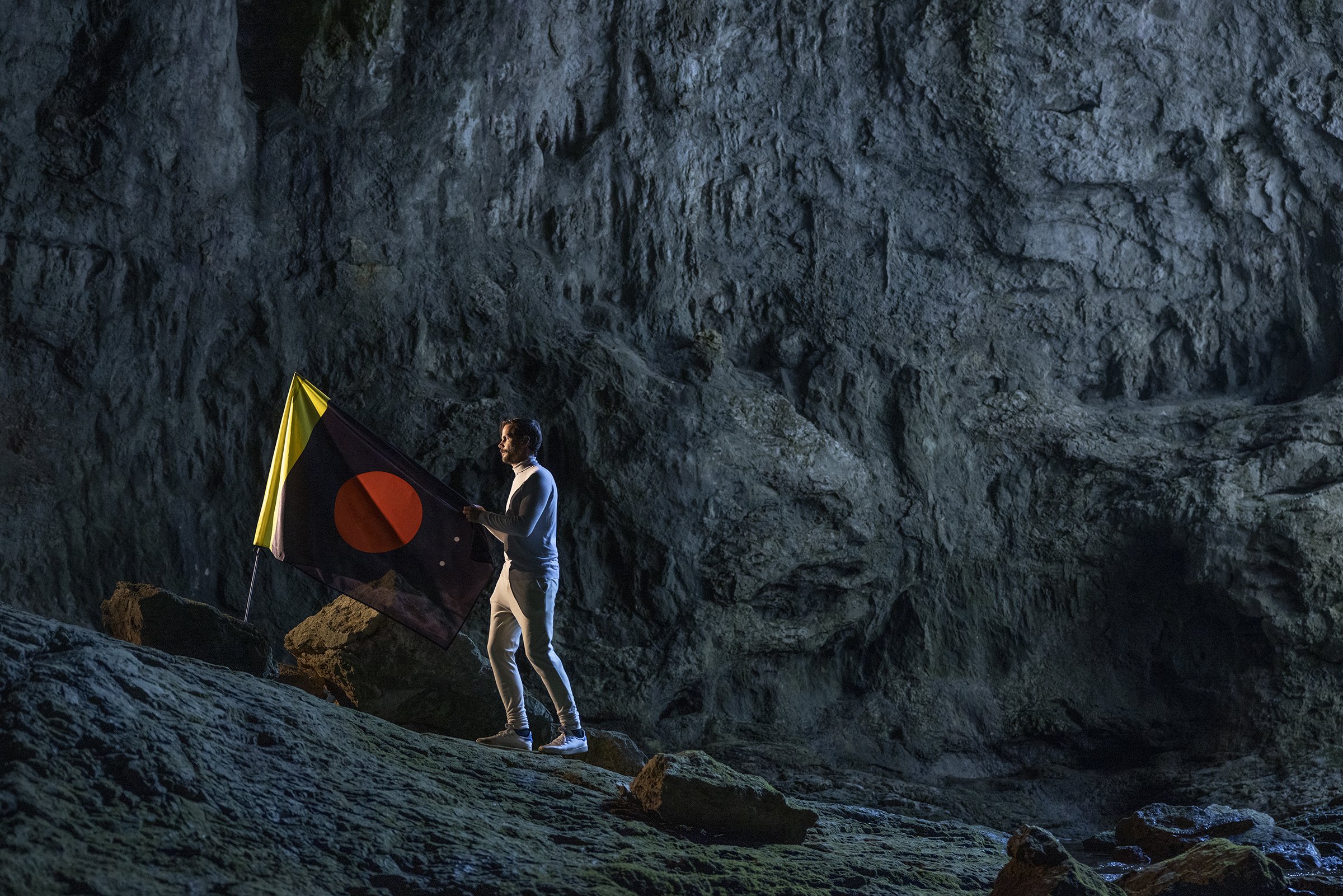






















MARS ON EARTH
In 2019, China’s space agency successfully landed the first spacecraft on the far side of the moon. NASA plans to again put humans on the Moon as part of a strategy to reach Mars by the 2030s. A flight to Mars will take up to 333 days, and will carry an international, mixed-gender crew of scientists on a spaceship built with an intricate array of public and private technology from numerous nations. It is a new space race, but the end result this time around will be collaborative.
Today, there are several billionaires in the private space business , but this project is interested in the lesser-known figures in contemporary space exploration. For the past three years I have been closely following advancements in space research in China, USA, Japan, India, and Europe, by space architects, doctors, farmers, engineers, as well as homemade rocket-builders, and startups developing sustainable space habitats. I have visited C-Space, an analogue Mars base in China’s Gobi Desert, the Mars Desert Research Station in Utah, the Lunares base in Poland, and AEL company in Tokyo which has developed a satellite that can create an artificial shooting star.






